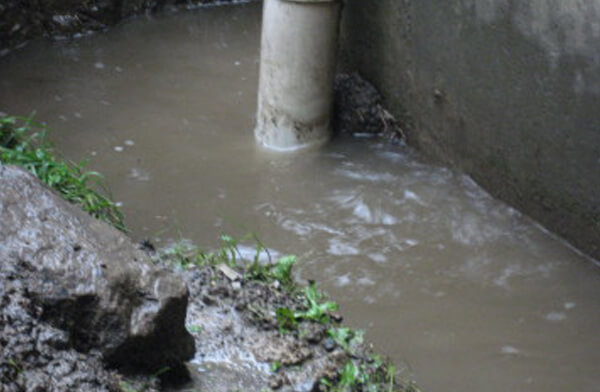6 Effective Ways to Spot Covert Water Line Leaks Stealthily
6 Effective Ways to Spot Covert Water Line Leaks Stealthily
Blog Article
Just how do you actually feel on the subject of Locating water leaks?

Early detection of dripping water lines can mitigate a prospective disaster. Some small water leakages may not be visible.
1. Examine the Water Meter
Every home has a water meter. Checking it is a guaranteed way that aids you discover leaks. For beginners, switch off all the water sources. Ensure nobody will certainly flush, use the faucet, shower, run the washing device or dish washer. From there, go to the meter and watch if it will change. Because nobody is using it, there ought to be no motions. That indicates a fast-moving leakage if it relocates. If you discover no adjustments, wait an hour or two and check back again. This implies you may have a slow leak that could also be below ground.
2. Check Water Usage
If you detect abrupt modifications, in spite of your consumption being the very same, it indicates that you have leaks in your plumbing system. A sudden spike in your costs indicates a fast-moving leakage.
A steady boost every month, even with the very same routines, shows you have a slow-moving leakage that's likewise slowly rising. Call a plumber to thoroughly inspect your residential or commercial property, specifically if you feel a cozy area on your flooring with piping underneath.
3. Do a Food Coloring Examination
When it comes to water usage, 30% comes from toilets. If the color in some way infiltrates your dish during that time without flushing, there's a leak between the storage tank and also bowl.
4. Asses Exterior Lines
Do not neglect to examine your outdoor water lines too. Ought to water leak out of the link, you have a loose rubber gasket. One tiny leak can squander lots of water as well as increase your water costs.
5. Evaluate and also Analyze the Circumstance
Home owners should make it a habit to check under the sink counters and even inside cupboards for any type of bad odor or mold growth. These two red flags indicate a leak so punctual focus is called for. Doing routine inspections, even bi-annually, can save you from a significant trouble.
Extra notably, if you recognize your house is currently old, keep a watchful eye on your heating units, pipes, pipelines and so on. Look for stainings as well as deteriorating as the majority of pipelines and also devices have a life expectancy. They will also naturally deteriorate because of tear as well as wear. Don't wait for it to escalate if you suspect dripping water lines in your plumbing system. Call a professional plumber right now so you don't end up with a terrible mess in your house.
Early detection of dripping water lines can mitigate a prospective calamity. Some tiny water leakages might not be visible. Checking it is a guaranteed means that helps you find leaks. One little leak can throw away lots of water and increase your water bill.
If you suspect dripping water lines in your plumbing system, don't wait for it to escalate.
WARNING SIGNS OF WATER LEAKAGE BEHIND THE WALL
PERSISTENT MUSTY ODORS
As water slowly drips from a leaky pipe inside the wall, flooring and sheetrock stay damp and develop an odor similar to wet cardboard. It generates a musty smell that can help you find hidden leaks.
MOLD IN UNUSUAL AREAS
Mold usually grows in wet areas like kitchens, baths and laundry rooms. If you spot the stuff on walls or baseboards in other rooms of the house, it’s a good indicator of undetected water leaks.
STAINS THAT GROW
When mold thrives around a leaky pipe, it sometimes takes hold on the inside surface of the affected wall. A growing stain on otherwise clean sheetrock is often your sign of a hidden plumbing problem.
PEELING OR BUBBLING WALLPAPER / PAINT
This clue is easy to miss in rooms that don’t get much use. When you see wallpaper separating along seams or paint bubbling or flaking off the wall, blame sheetrock that stays wet because of an undetected leak.
BUCKLED CEILINGS AND STAINED FLOORS
If ceilings or floors in bathrooms, kitchens or laundry areas develop structural problems, don’t rule out constant damp inside the walls. Wet sheetrock can affect adjacent framing, flooring and ceilings.
https://www.servicemasterbyzaba.com/blog/how-to-detect-water-leakage-in-walls/
.jpg)
I am just very taken with Leaking water lines and I hope you enjoyed reading the blog entry. Enjoyed our blog? Please share it. Let another person find it. Thank you for your time. Visit again soon.
Request Your Service Report this page